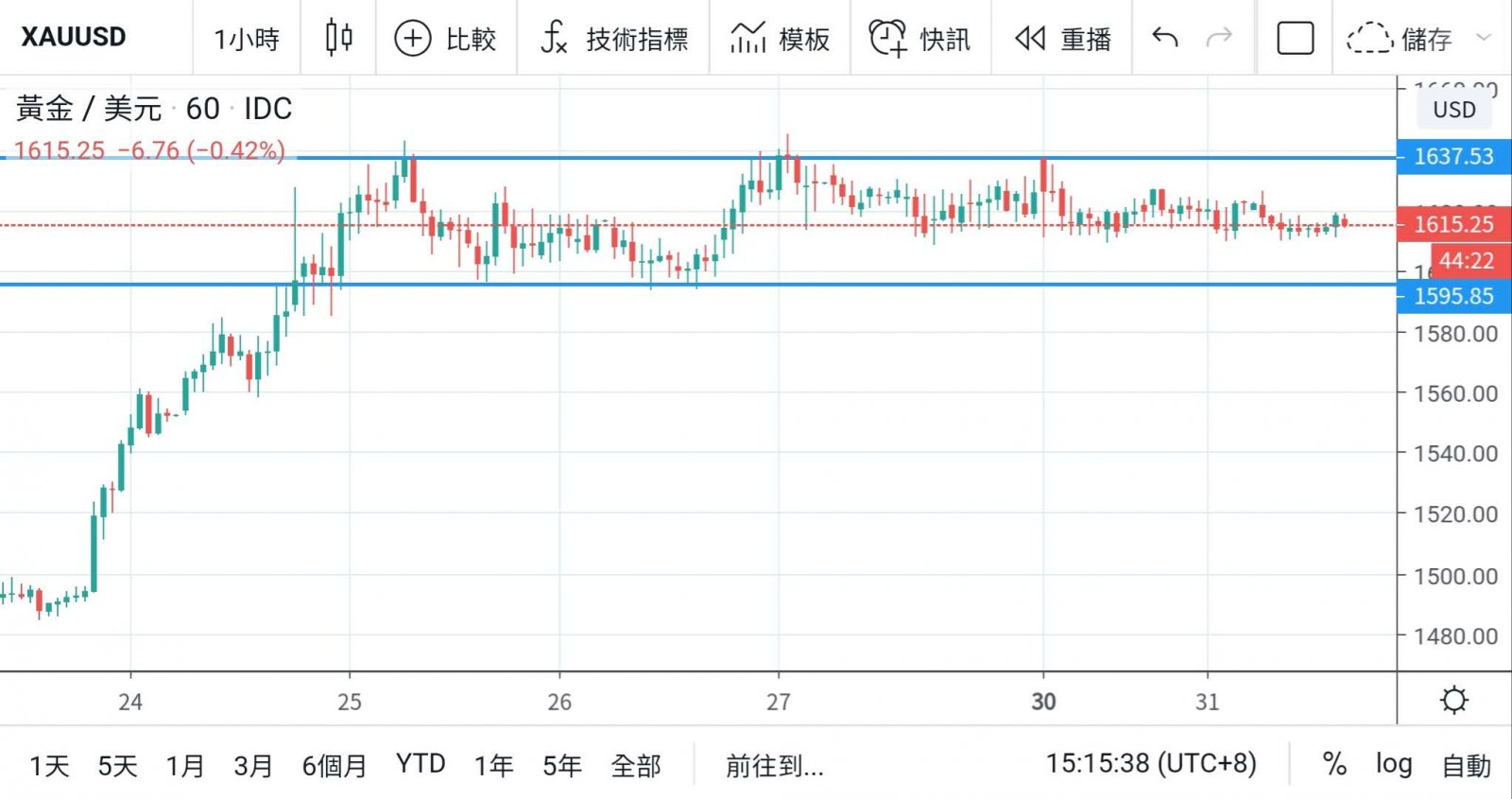The market is gradually returning to stability and the liquidity of funds is tight and eased.
After U.S. stocks rebounded from a low level last week, and the concerted efforts of various countries to rescue the market are gradually yielding results, the liquidity tension in the market has begun to ease, the risk aversion mood has cooled slightly, and the asset market has gained popularity.
The rise of gold was limited, but the oil price closed at only US$ 20, the lowest level since 2002, which also attracted market attention. The market is still digesting the US$ 2 trillion stimulus package.
In the early days, the Federal Reserve implemented unprecedented easing measures such as interest rate reduction to zero and unlimited QE. When the monetary policy was not completed, the fiscal policy began to come into play. The Federal Reserve will not relent in dealing with the risks brought by the epidemic to the economy.
U.S. stocks have rebounded sharply by nearly 20% from their low levels, with about 15% of the index and Nasdaq. More voices are beginning to appear in the market saying that the stock market may have bottomed out. With the restoration of market confidence, the price fluctuation will be reduced accordingly.
The US dollar rebounded slightly last night. After a round of selling last week, the US-foreign exchange weighted index fell back to below 100. However, as market confidence recovered, hedging sentiment and hot money flows began to readjust.
U.S. stocks and U.S. dollars develop simultaneously. Sterling failed to hit the 1.25 mark and vomited ahead. Euro also vomited to the 1.10 mark. Non-US currency vomited also suppressed the upward trend of gold price.
Gold once tested the 1630 mark yesterday, but it failed to stabilize and fell back again. However, the decline was not deep, showing a more arrogant performance and finishing at a high level. Technically, there is still no breakthrough in gold price.
In the near future trading range, it can continue to operate, selling high and buying low.
Another focus of the market is the recent decline in oil prices. Oil prices in the new york period fell more than 100% at one point and closed at 20, the lowest closing price since February 2002. Oil prices are experiencing two major perplexing factors.
Talks between the Organization of Petroleum Exporting Countries and its allies broke down. Price war continued to put pressure on oil prices. What is more, the epidemic situation caused a global economic downturn, a sharp drop in industrial demand and the grounding of several flights.
The demand for oil prices has also been greatly affected, with no hope of bottoming out in the short term. In addition, there are also reports that crude oil stocks in the Dekuxin region for crude oil futures delivery have increased by more than 4 million barrels in the past week, causing the market to worry that stocks are running out.
Also added to the pressure of the current price, short-term stability is also difficult.
Previous Article Next Article


 Whatsapp
Whatsapp Telegram
Telegram
